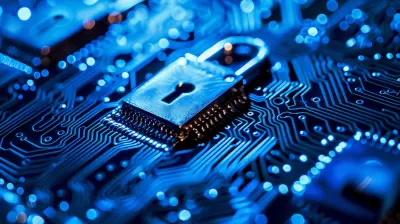Wireless Energy Transfer: The Future of Renewable Power Distribution
9 August 2025
Imagine a world where your gadgets charge themselves the moment you walk through your front door. No more tangled cords, no more searching for that one charger that always vanishes when you need it most. The dream of wireless energy transfer is no longer confined to sci-fi movies—it's becoming a very real, very electrifying part of our technological future.
And when you mix that with the ever-growing shift towards renewable energy? That’s when things get really cool.
In this article, we're going to dive deep (but not too deep—no drowning in jargon here) into how wireless energy transfer could change the game for renewable energy distribution. Buckle up, because what you're about to read might just be the most electrifying tale of the future yet.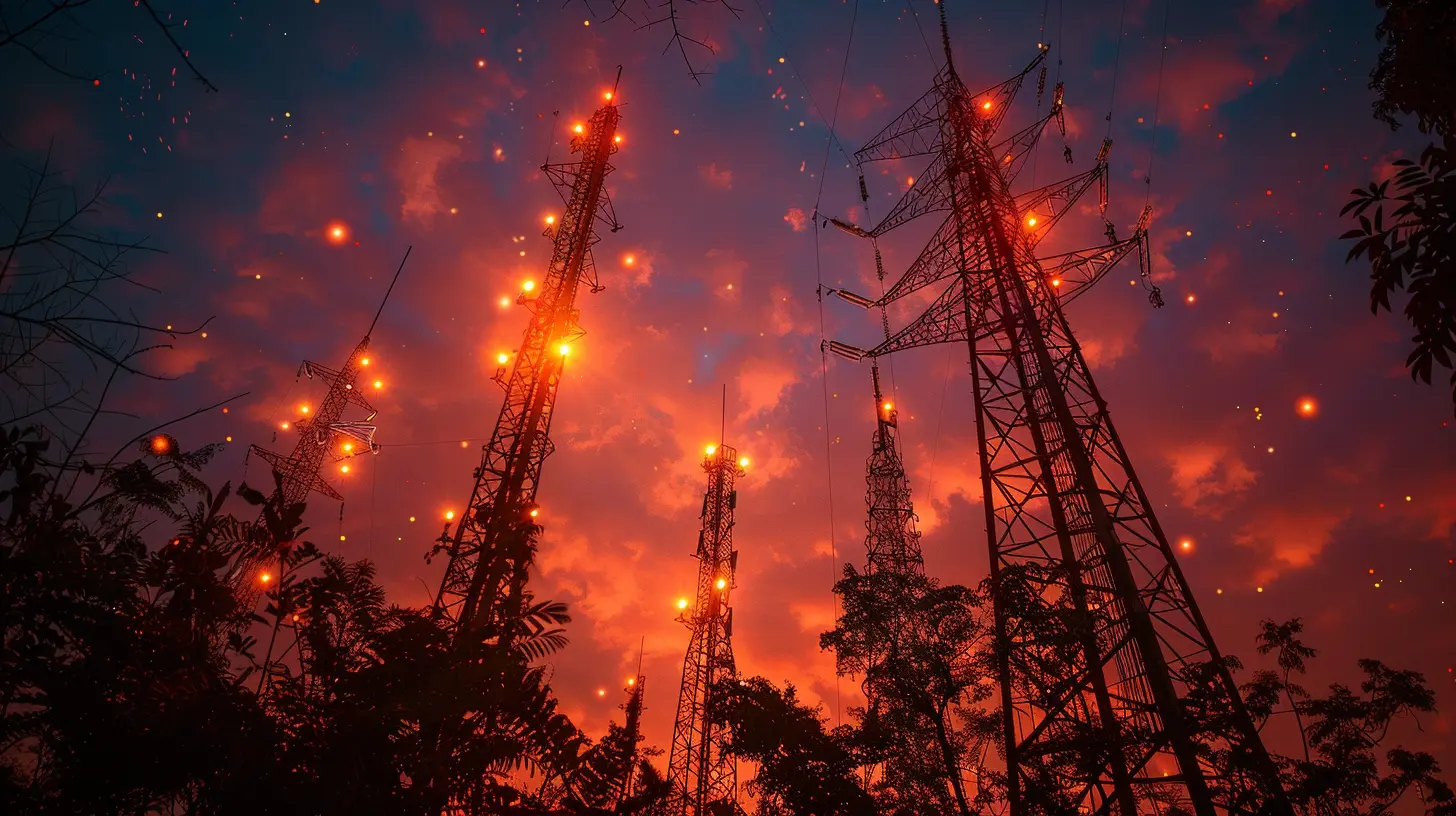
Wait, Wireless Energy Transfer? What’s That?
Alright, before we get ahead of ourselves, let’s strip things down to the basics.Wireless Energy Transfer (WET) is exactly what it sounds like—transferring power from one point to another without wires. That means no more cables awkwardly dangling from your devices like overcooked spaghetti.
Instead of electrical cords, WET uses electromagnetic fields, microwaves, or even lasers to carry power. It’s like Wi-Fi... but for electricity. Wild, right?
This isn’t some 2050 fantasy either. The tech’s already being used on a small scale—like in wireless phone chargers, electric toothbrushes, and even some experimental electric vehicle (EV) charging solutions.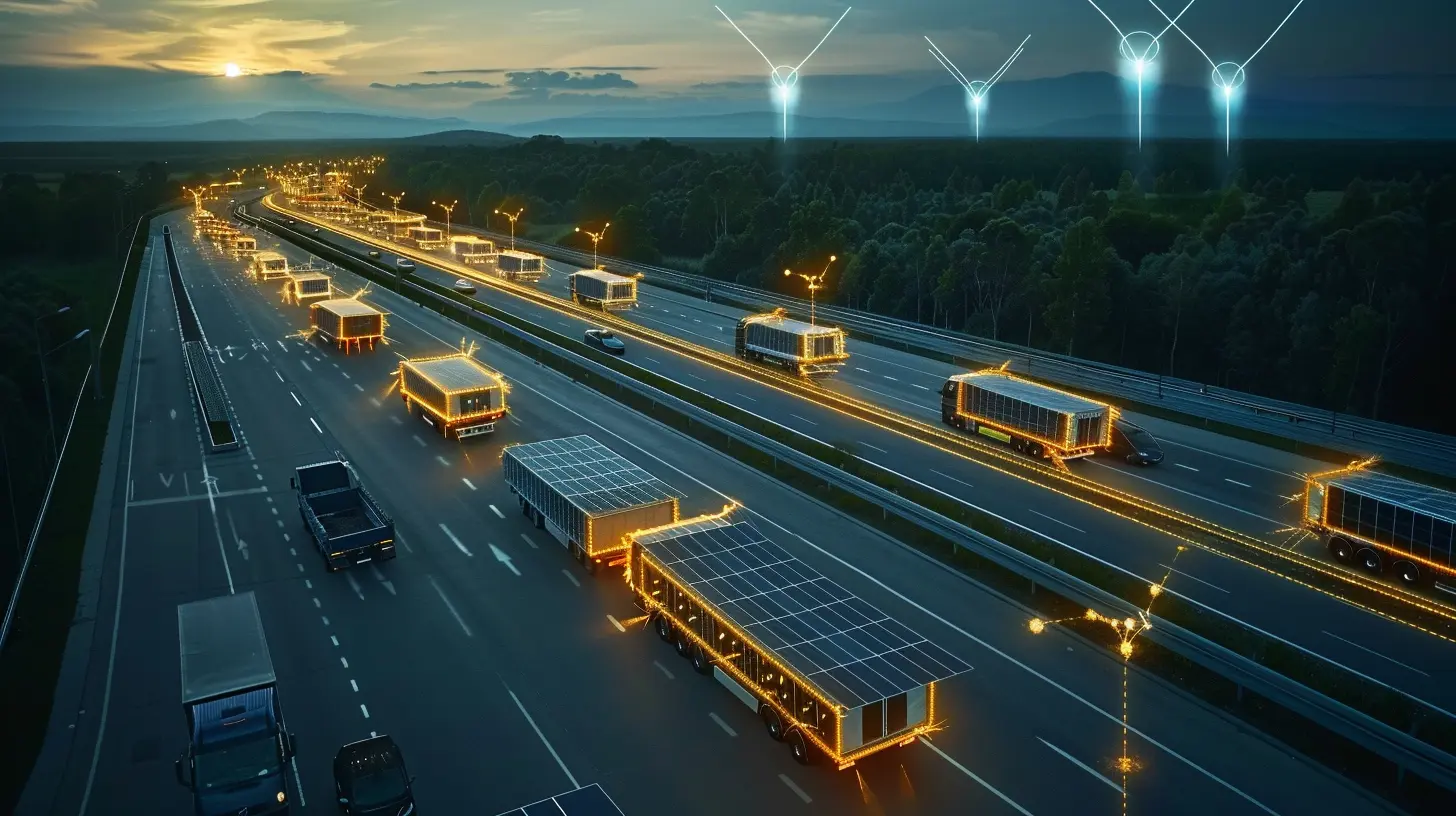
The Renewable Energy Puzzle… And the Problem With Cables
Okay, let’s switch gears for a second.The planet’s heating up, the ice caps are crying, and fossil fuels are throwing a massive tantrum on our climate. It’s no surprise we’re leaning more and more on renewable energy—think solar panels, wind turbines, and hydropower.
But here's the kicker: renewable energy is often generated in remote areas. Like, middle-of-nowhere kind of remote. Massive solar farms in deserts. Wind turbines spinning on off-shore platforms.
So how do we get that power to your cozy, little urban apartment?
Transmission lines. Lots of 'em.
And those lines? They’re expensive, inefficient, and fragile. Storms, wildfires, and squirrels (don’t laugh—squirrels are legit grid saboteurs) can knock them out.
Enter the superhero-in-the-making: wireless energy transfer.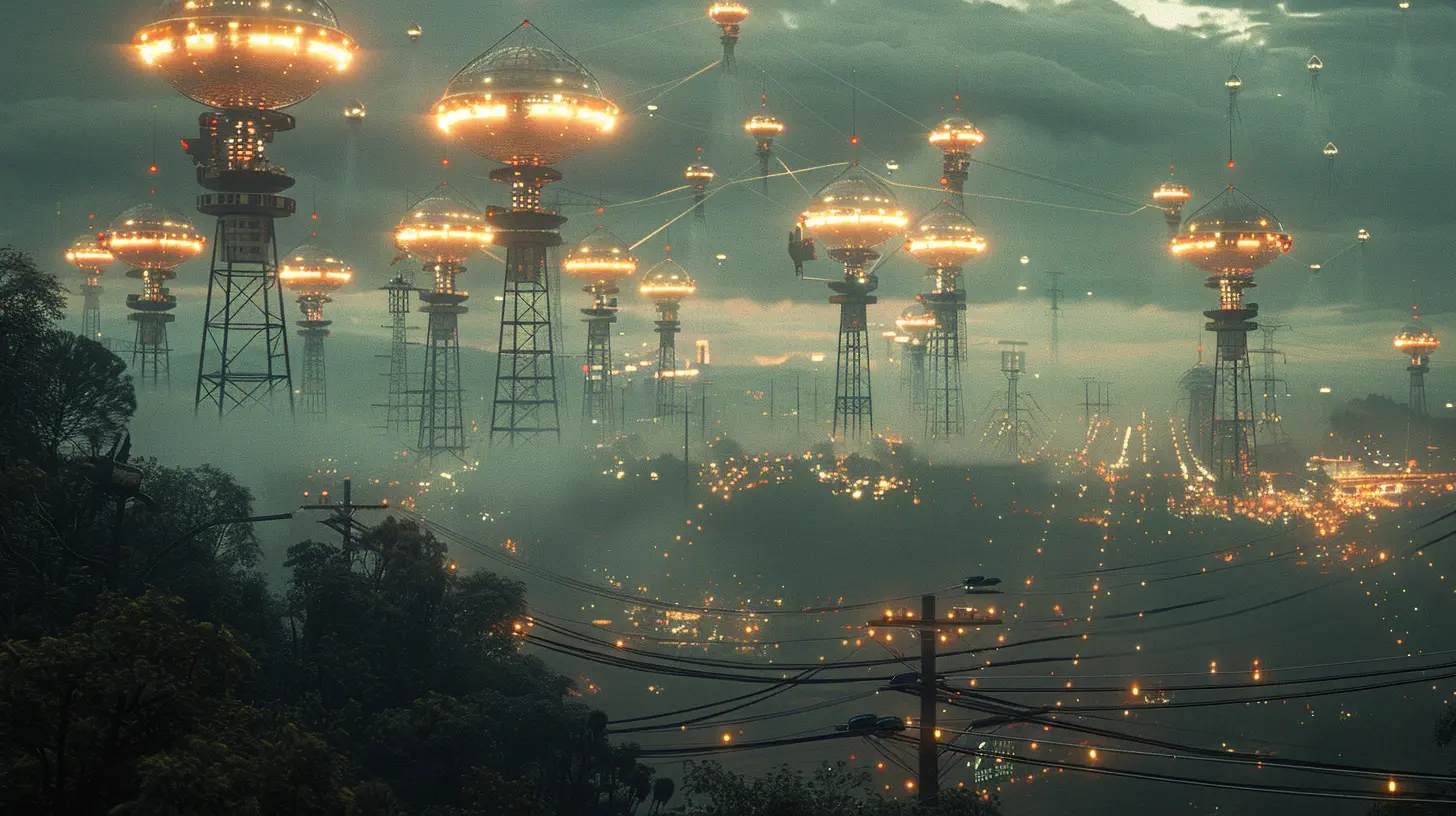
WET + Renewables = A Match Made in Tech Heaven
Let’s connect the dots.Renewable energy is clean but often far away. Our power grid is stuck with clunky copper cables. But what if we could teleport—okay, wirelessly beam—power from the source directly to where it’s needed?
It sounds bananas, but the idea is starting to gain traction.
Long-Distance Wireless Power Beaming
This is the Holy Grail of WET. Scientists are working on technologies that can beam energy over long distances, using microwaves or lasers. For example, a solar station might collect sunlight in the Sahara Desert and zap it straight to Europe. No grid. No wires. Just pure, invisible power flying through the air like some sort of electromagnetic magic carpet.Japan has been experimenting with microwave-based power transmission for years. The idea? Put solar panels in orbit (yes, space) and send power back to Earth. That’s some big brain energy, literally.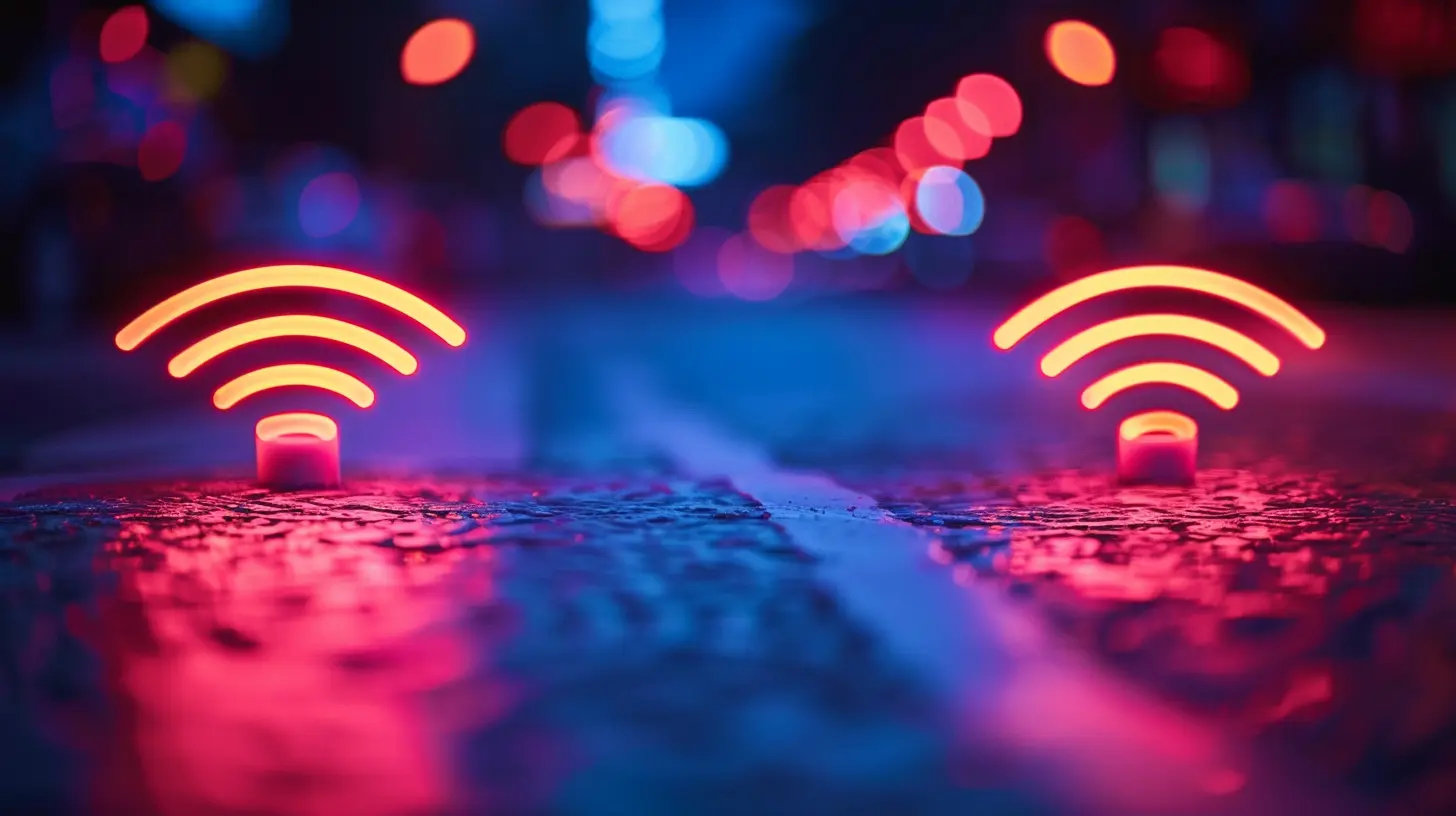
How Does This Wizardry Work?
Alright, let’s pull back the curtain.There are a few flavors of WET, and each has its pros, cons, and quirks:
1. Inductive Coupling
- Think electric toothbrushes and phone chargers.- Works over short distances—centimeters, really.
- Uses magnetic fields.
- Super safe, but limited range.
2. Resonant Inductive Coupling
- Similar to inductive, but designed for slightly longer distances.- Better efficiency, but still not great for powering cities just yet.
3. Microwave Power Transmission
- Converts electricity to microwaves.- Beams it across long distances to a receiving antenna (called a rectenna).
- The rectenna turns it back into electricity.
- Promising for renewables, though people do get nervous about all those microwaves flying around (don't worry, it's designed to be safe).
4. Laser-Based Power Transfer
- Converts electricity into laser beams.- Targets a photovoltaic receiver (like a solar panel) at the other end.
- Precise but sensitive to weather conditions and obstacles.
- Kind of like a cat chasing a laser pointer, except it powers your house.
So… Is It Safe?
Ah yes, the question on everyone’s mind.Beaming microwaves or lasers sounds more like a Bond villain weapon than a power source. But researchers are all over this. Safety is priority numero uno.
Microwave and laser-based power transfer systems are designed with:
- Tight focusing to avoid stray beams.
- Automatic shut-off if something (or someone) crosses the beam.
- Low-intensity frequencies that don’t fry birds or burn your toast.
In short? It’s safer than walking past a high-voltage power line. And with smart tech, IoT, and AI monitoring in the mix, it’s getting even safer.
The Quirky Possibilities of a Wireless World
Let’s embrace the weird and wonderful world that WET could unlock.- Wireless solar-powered drones that stay airborne indefinitely. Perfect for remote monitoring, surveillance, or even delivering your midnight pizza.
- Highway systems that charge electric vehicles as they drive. No pit stops, just continuous charging as you cruise.
- Powering remote villages in developing countries where running wires just isn’t practical.
- Floating solar farms in the ocean that beam energy straight to shore.
- Space-based solar power stations sending energy back to Earth—or even to the Moon or Mars.
The possibilities? As limitless as your data plan (okay, probably more).
Big Tech's Eyes Are on It
This isn’t just some backyard science experiment. Major players like Tesla, NASA, and MIT are all heavily invested in WET research.Elon Musk has toyed with the idea of wireless Tesla coils, and NASA’s been eyeing space-based solar arrays for over a decade.
Even commercial companies are jumping in—Ossia, WiTricity, and Powercast are pioneering WET for everything from IoT devices to electric vehicles.
When the tech, money, and brains collide? Things happen. Fast.
The Challenges (Because It’s Not All Unicorns and Rainbows)
Let’s real-talk for a second. WET isn’t going full mainstream tomorrow, and there are a few hurdles to clear:- Efficiency: There's energy loss in the transfer process, especially over longer distances.
- Infrastructure: We’ll need new receivers and charging stations—another system on top of the old grid.
- Interference: Beaming power through the air without messing up your Wi-Fi or grandma’s pacemaker? Tricky.
- Cost: Building the tech and setting up the infrastructure is still pricey.
But these are solvable. Remember, people once thought electricity itself was dangerous and impractical. Now we can’t live without it.
The Road Ahead (Powered Wirelessly, Of Course)
We’re standing at the edge of a power revolution. Renewable energy is here to stay, but the way we deliver it? That’s about to change.Wireless energy transfer has the potential to unlock entirely new ways of thinking about infrastructure, sustainability, and accessibility. Whether it’s powering homes in rural Africa or keeping satellites juiced up in orbit, WET could radically democratize access to electricity.
And you? You're living at the dawn of it all. The next decade could reshape how we charge, power, and energize our lives.
So next time you plug in your phone or curse a power outage, just remember—we’re headed toward a future where power flows as freely as Wi-Fi.
No wires. No limits. Just energy. Everywhere.
Final Thoughts
Wireless energy transfer isn’t just a neat parlor trick. It’s potentially the missing link in our quest for a clean, connected, and sustainable energy future. With renewable energy taking the spotlight, the need for reliable, flexible, and accessible power distribution is more urgent than ever.WET is still evolving, but it’s not a question of if. It’s a question of when.
So next time your phone dies mid-scroll, imagine a world where it doesn’t. The future’s charging... and it’s doing it wirelessly.
all images in this post were generated using AI tools
Category:
Renewable EnergyAuthor:

Michael Robinson
Discussion
rate this article
1 comments
Mandy McCaw
Exciting times ahead for renewable energy innovation!
August 22, 2025 at 3:49 AM

Michael Robinson
Thank you! The potential of wireless energy transfer could indeed revolutionize renewable power distribution. Exciting developments are on the horizon!


